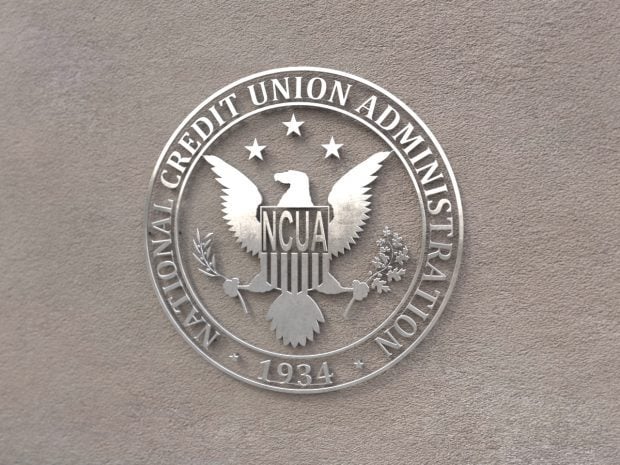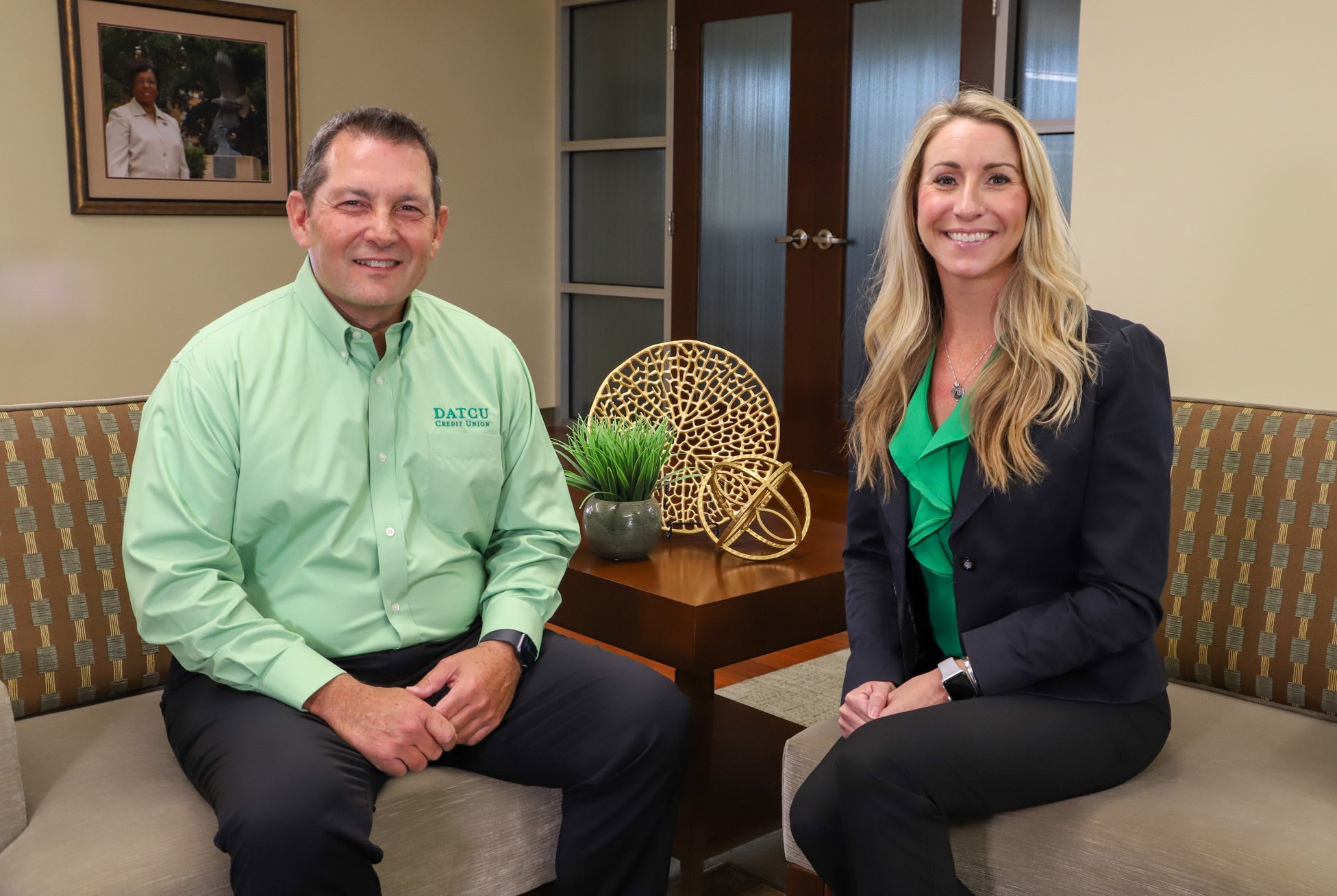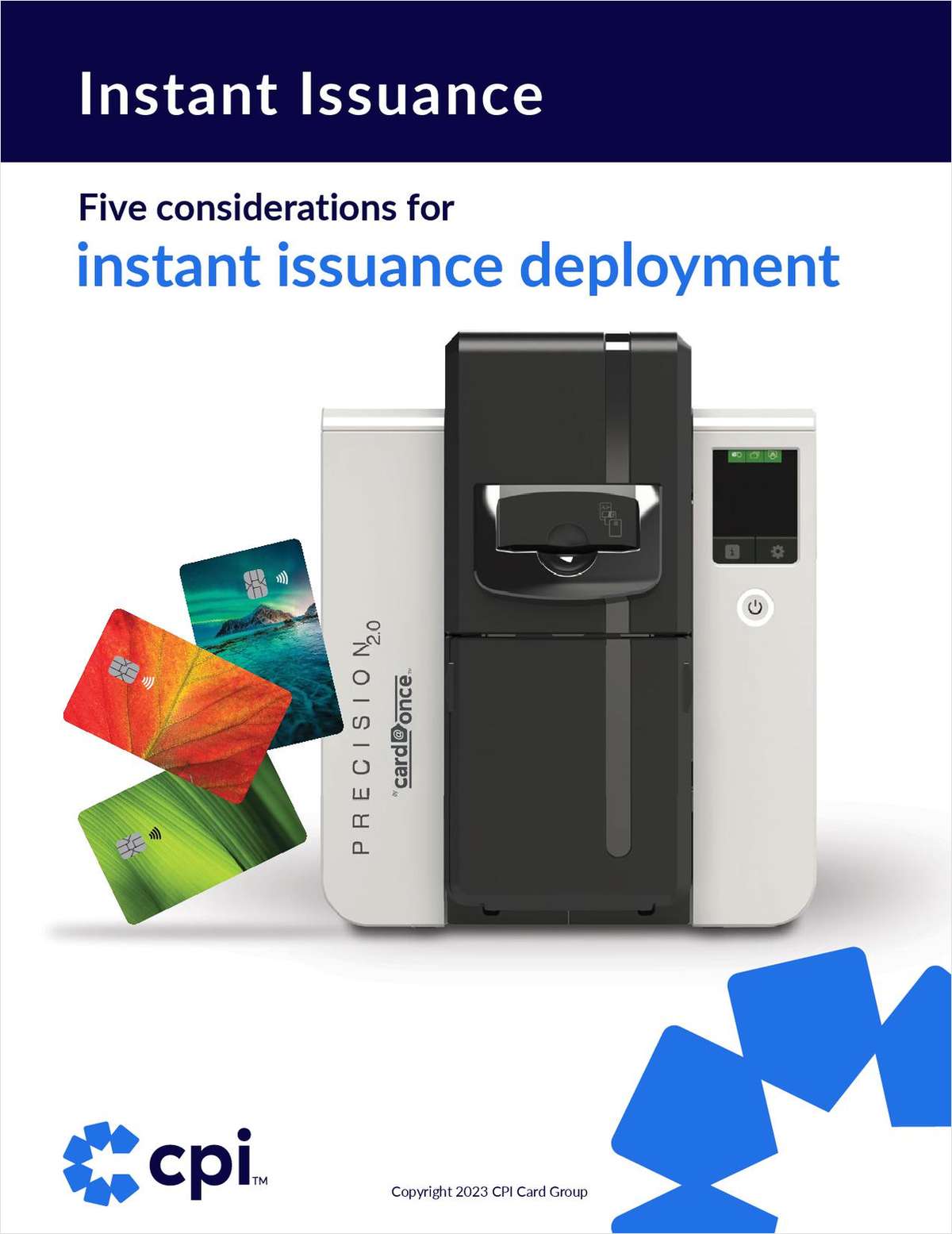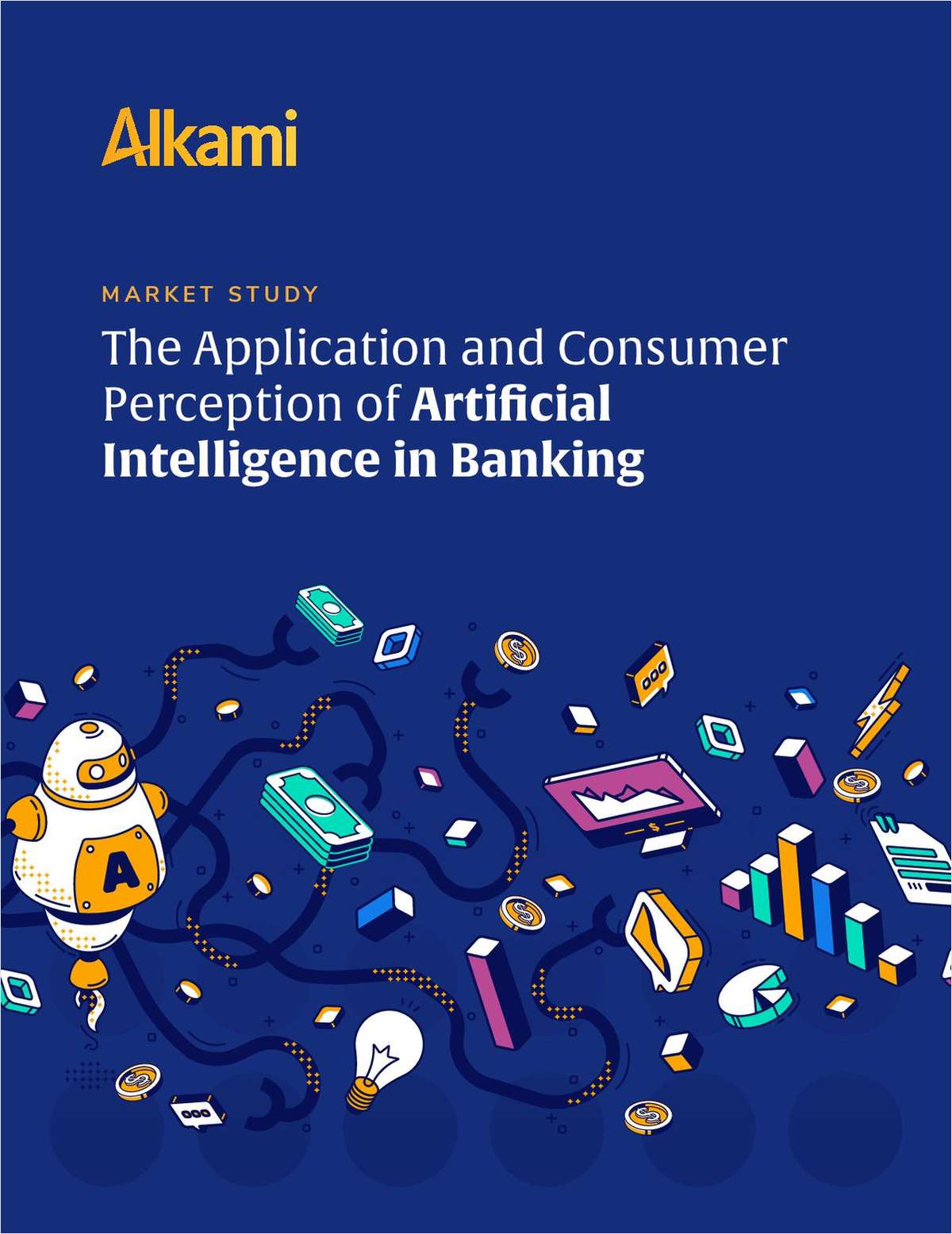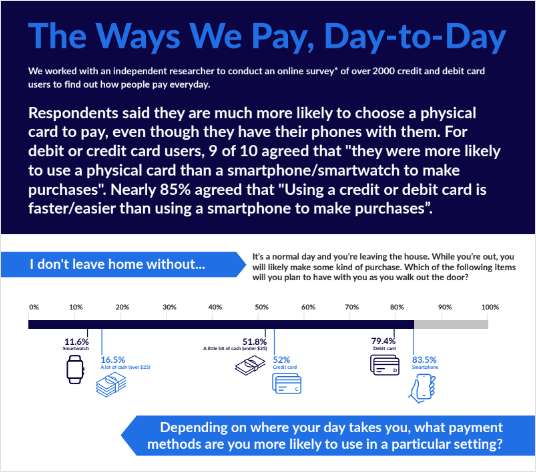There's nothing cookie cutter about Robin Hickey's approach to leadership or marketing.
As someone who has always valued originality, the vice president of marketing/business development at the $328 million Credit Union of New Jersey in Erving, N.J., credited her upbringing for her focus on quality over quantity. From early on, her parents fostered independence by allowing their only child to make and learn from her own decisions and experiences.
“They certainly had their own opinions, but they never stopped me,” Hickey said, recalling how her mom gave her a $50 budget to buy Christmas presents for others and a register to track the purchases.
“It got me thinking at a very early age how my overall choices are important and will affect the next choice I would be able to make,” she said. “If I was within my budget, I could buy it. My mom didn't tell me yes or no. She gave me guidance, but if I didn't agree, she let me learn from my mistake.”
That sense of empowering others to discover their own solutions has been a cornerstone of the latest CU Times Women to Watch honoree's approach to leadership. For Hickey, who has always viewed problems as opportunities while asking questions and allowing team members to pitch possible solutions and run with them, those measures have been key to moving overall organizational metrics and driving change. It has also helped keep the credit union team focused on what matters most.
“When there are problems, we spend less time concentrating on finding out who was wrong and more time on what can be done to improve in the future,” Hickey said. “I teach my team to be accountable and honest for their successes and misses because it helps me coach them. With less attention on the 'who' when addressing issues, team members have no issues with owning up to accountability.”
Her lead by example approach and genuine interest in the development of others at the Credit Union of New Jersey has helped reinforce an environment where ideas are welcomed and failures are embraced as learning opportunities.
“My thought is if you don't speak up and throw it out there, you'll never know if that idea could've move things forward for our members or the organization as a whole,” Hickey said. “To me, innovation is something that changes a process, behavior or how someone thinks. So I'm not one to ever shut down an idea. I never want anyone to feel like it's pointless to voice an idea because then we, as an organization, will suffer and our members will as well.”
Since joining the credit union some three years ago, the marketing department's internal service scores have gone from being one of the lowest rated departments in 2011 to the highest rated in 2013, Hickey said.
The number of new SEGs also increased by 54%, and more than 14 new products and programs including a new website, mobile e-deposit and second chance checking, have been launched.
In addition, Hickey and the CUNJ team redesigned the credit union's relationship pricing program, which in the first month brought in over $150,000 in additional revenue.
The credit union has also joined forces with two other credit unions to form Member Support Services, a CUSO formed to create operational efficiencies and economies of scale through collaboration in core processing, telecom, purchasing and contracting.
“We're going through a core conversion so we're all on the same core and finding ways to collaborate and create efficiencies,” Hickey said. “It's pretty exciting to see how everything is working together. Each initiative CUNJ has rolled out would not have been possible or successful, if other areas, departments or initiatives weren't aligned or in place.”
It's important that marketers in particular, ask more questions to better understand how plans are interconnected and will impact other departments, she suggested.
“Good ideas become great successes when they work operationally and there's buy-in with other respective areas,” Hickey explained.
She pointed to the credit union's relationship rewards program as an example of how a true team effort from the CEO and the board, as well as training, ensured that staffers understood the service. Those understandings helped to effectively communicate with members and created a behavioral shift in the right direction for the membership.
“Our thinking was to reward the behavior we want from our members, which is if you really want to be at CU of New Jersey, then you need to be engaged and participate for everyone to benefit,” Hickey said.
Credit unions have to be willing to ask how a member is helping the cooperative and be okay with the possibility it may not be a right fit or arrangement for the credit union or the member.
“I think some credit unions have lost their niche market. With this be everything mentality, they try to grow into the community realm without first saturating their niche, which leads to everyone competing for the same business,” she said. “If we go back to making all decisions around better serving our particular niches, as an industry, we'd be more relevant overall to a bigger part of the population.”
The shift would open up more opportunities for collaboration and partnerships that deliver on the value credit unions offer their respective niches, Hickey said. As expenses keep rising, how can credit unions, particularly smaller credit unions, better leverage economy of scale? Hickey has been exploring how to monetize delivery channels as a replacement for noninterest income.
“We keep adding more channels [such as] mobile banking, mobile apps, eblasts, but in the same respect, nothing went away as we still have voice response and the traditional banking channels as margins continue to compress,” she said. “It's more important than ever to understand our reach with members across every channel and determine what they are worth.”
It's about looking at every relationship and delivery channel through a new lens. So, if a typical newsletter magazine format consisted of 80% content and 20% credit union ads, is there an opportunity for special groups, local businesses or organizations that want to advertise with the credit union to do so across that channel?
“As we take charge of the data, maybe we can discover ways to bring more to the table for local businesses or organizations and monetize around that,” Hickey said. “The idea is to move away from taking money from our members' pockets and exploring other ways to generate income.”
Complete your profile to continue reading and get FREE access to CUTimes.com, part of your ALM digital membership.
Your access to unlimited CUTimes.com content isn’t changing.
Once you are an ALM digital member, you’ll receive:
- Breaking credit union news and analysis, on-site and via our newsletters and custom alerts
- Weekly Shared Accounts podcast featuring exclusive interviews with industry leaders
- Educational webcasts, white papers, and ebooks from industry thought leaders
- Critical coverage of the commercial real estate and financial advisory markets on our other ALM sites, GlobeSt.com and ThinkAdvisor.com
Already have an account? Sign In Now
© 2025 ALM Global, LLC, All Rights Reserved. Request academic re-use from www.copyright.com. All other uses, submit a request to [email protected]. For more information visit Asset & Logo Licensing.



